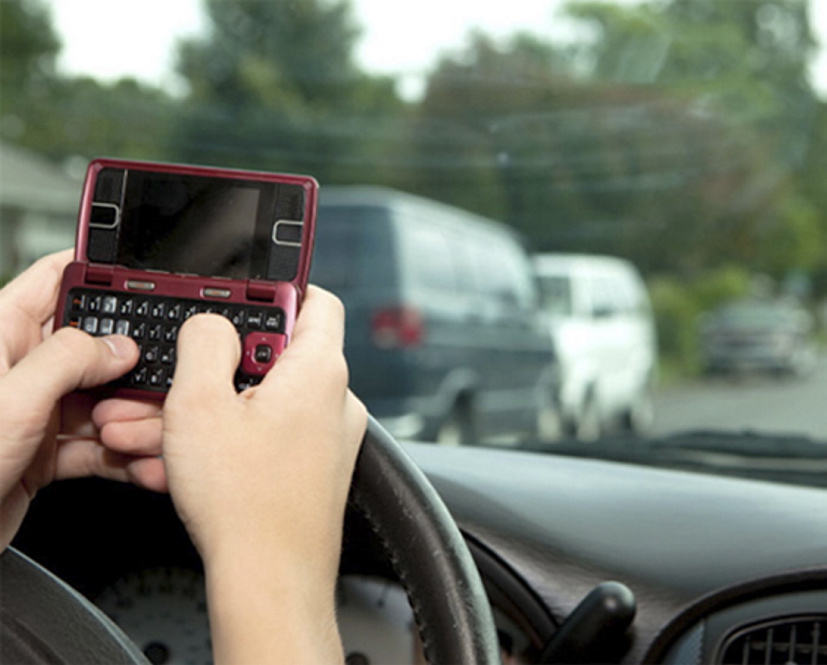Texting while driving is indisputably dangerous. So is shopping while driving, snapping a selfie while driving, and posting to Facebook while driving.
For that matter, so is burying your face in a streaming music app and trying to select the next song while driving.
The difference is, only one of those actions is illegal in Maine, and the fact they all look the same to someone outside the car makes it near impossible for police to enforce.
The Legislature and Gov. Janet Mills should change that by finally updating Maine’s eight-year-old distracted driving law. Each of the actions listed above takes away from a driver’s focus and makes Maine roads less safe — and they should be treated that way under the law.
L.D. 165, from Sen. Bill Diamond, D-Windham, the sponsor of the Maine’s original distracted-driving law, would do just that.
The bill would ban drivers, who already cannot text, from using any hand-held device. You could operate smartphone apps or make a call using hands-free technology. You could even mount the phone on your dash and manipulate it with your finger, just as you do with the radio.
But you couldn’t use the phone while holding it in your hand for any reason save an emergency.
These same prohibitions are already in place for drivers under 18; L.D. 165 would extend them to all motorists. A similar bill passed the House and Senate in the last Legislature, but could not overcome a veto by then Gov. Paul LePage.
Now lawmakers have a chance to correct that mistake.
Distracted driving is rampant. A 2017 survey by AAA found that nearly half of respondents said they’d read a text or email while driving in the last month; one-third said they’d written one or the other.
The Maine Department of Safety said distraction is a factor in up to 40 percent of the 35,000 crashes each year. The department also said distraction was a contributing factor in making 2017 the deadliest year on Maine roads in a decade.
It’s easy to see why — a lot can happen while a driver’s eyes are on their phone. In the five seconds it takes to check a text or refresh Facebook, a car can travel the length of a football field.
Police would like to crack down on the practice, but only texting while driving is illegal now, and it’s hard to tell the difference between when someone is texting or, say, scrolling through Twitter. The hand-held ban would erase the distinction in law between those acts, and allow police to treat most distracting practices the same.
Such a law won’t end distracted driving, of course. The police can’t be everywhere, and studies have shown hands-free devices to be just as distracting as hand-held ones.
There is likely little appetite for a universal ban on using cellphones while driving, so Diamond’s bill represents the best chance to make immediate gains in road safety.
Its passage should bring enforcement and public information efforts of the kind that have reduced cellphone use and texting while driving in other areas. Such initiatives cut texting while driving in Syracuse, New York, by 32 percent and in Hartford, Connecticut, by 72 percent, according to the National Highway Traffic Safety Administration.
And, it should be noted, in cases like these, laws only go so far. Ultimately, the goal is to change behavior by changing public perception.
Just as smoking, drinking and driving, and driving without a seat belt declined steeply after they become publicly unacceptable, so too can distracted driving.
Send questions/comments to the editors.



Comments are no longer available on this story